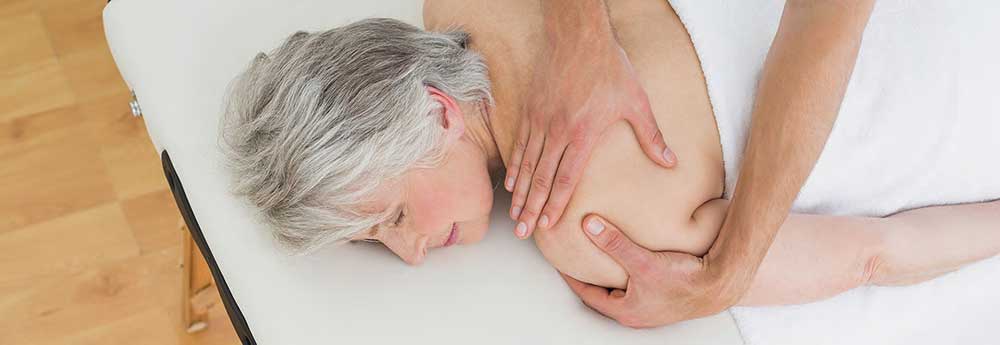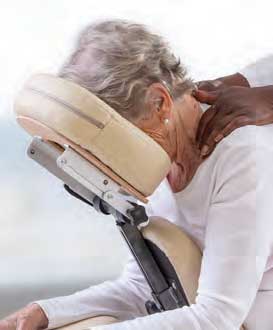
A growing body of research shows massage therapy can be an effective part of pain relief and management. This research data, and the experience of physicians, massage therapists, and patients should encourage pain specialists to consider incorporating massage therapy into their pain management programs. Some base findings about the value of massage therapy for pain relief have included the following:

- According to Cherkin, Eisenberg, et. al. in the April 2001 issue of the Archives of Internal Medicine, massage is effective for providing long-lasting relief for patients suffering from chronic low back pain.
- Data collected nearly 10 years ago indicates that therapeutic massage promotes relaxation and alleviates the perception of pain and anxiety in hospitalized cancer patients. Recent studies have confirmed the findings and others indicate positive effects for massage in decreasing pain intensity among cancer patients.
- In 1990, Jensen et al. published data indicating that massage was better than cold pack treatment of post-traumatic headaches. The October 2002 issue of the American Journal of Public Health reports that new research by Quinn, Chandler and Moraska showed muscle-specific massage therapy is effective for reducing the incidence of chronic tension headaches.
- A pilot study in 2000, conducted by Gregory P. Fontana, MD at Cedars-Sinai Medical Center in Los Angeles, found that massage reduces pain and muscle spasms in patients who have multiple incisions. When surveyed, 95 percent of patients felt that massage therapy was a crucial part of their hospital experience, while need for medications dropped on the days, they received a massage.
The effectiveness of massage lies in a simple and direct strategy: working from the external, outer mechanisms of pain to the primary, root cause. Massage therapists utilize a holistic approach, focusing on the entire body system and its relationship to soft tissue — their care is not focused pain site specific.

Another benefit of massage therapy — from a patient perspective — is that it helps patients become more aware of their bodies and better familiarize them with the pain they experience. The massage therapist not only helps relieve muscle and other soft tissue pain, but also has an impact on the patient by virtue of human touch. This is especially pronounced for women facing mastectomies and dealing with the outcomes of that surgery. While women directly benefit from various forms of massage that focus on lymph drainage and muscle pain, massage also helps them feel comfortable once again with their bodies, improves their confidence and allows them to better deal with pain.
Although more research is needed to confirm the optimal uses of massage, the potential for a positive impact on patients with acute or chronic pain is clear. As it stands, enough research exists to encourage pain management specialists and massage therapists to forge professional relationships. These pain management relationships should exist in the hospital, in clinics, in private practice offices and in-home care.




 © 2024 Kirby Pines LifeCare Community. All Rights Reserved |
© 2024 Kirby Pines LifeCare Community. All Rights Reserved | 